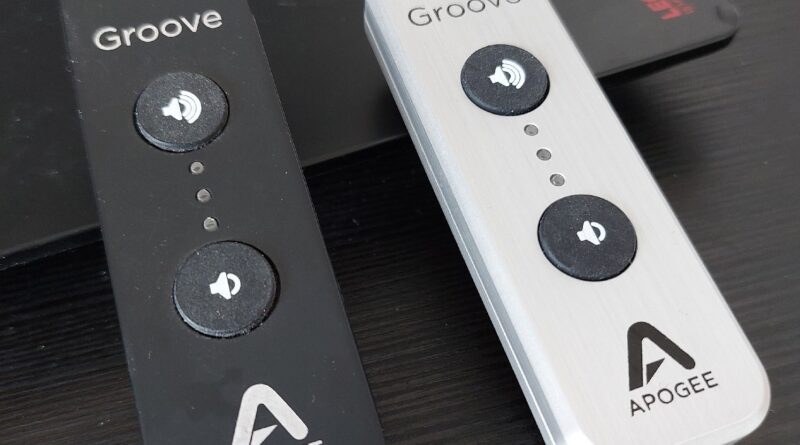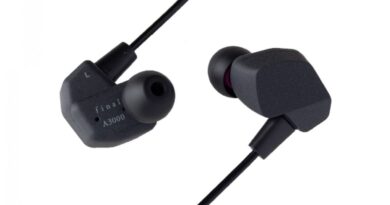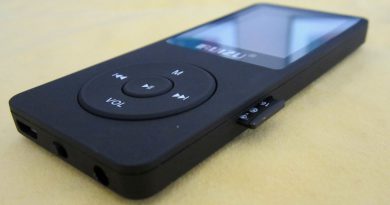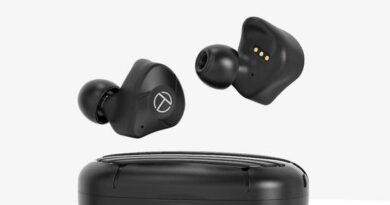Apogee Groove Anniversary Edition Review
A few of you may know that Apogee released an “Anniversary Edition” of their Groove DAC-AMP dongle in conjunction with the company’s 30th year in business, back in 2015.
Originally priced at a substancially higher level compared to the regular version – which still retails for $249,00 – such Anniversary model is now discontinued. Externally identical except for the finish – available either in silver or gold variant – internal specs are very similar between the regular and Anniversary models.
A friend lent me his personally owned Anniversary Edition Groove recently for me to try it it parallel vs my “regular” Groove(s) and spot any possible audible difference.
Differences on paper
Firstly, please refer to my other article about Groove for a general and quite indepth description of the product, its specs and performances – which I wont report here as it wuold be redudant and tedious.
Looking at official Apogee information, the sole published differences between original Groove and Anniversary Edition Groove are the following:
| Groove | Groove Anniversary Edition | |
|---|---|---|
| THD+N with 600 Ohm load @ 16 dBu | -107 dB | -109 dB |
| THD+N with 30 Ohm load @ 10,5 dBu | -100 dB | -101 dB |
| Dynamic Range (a-weighted) | 117 dB | 119 dB |
| Frequency Response | 10Hz – 20K +/- 0.2 dB | 10Hz – 20K +/- 0.1 dB |
Everything else, including input power requirements and output power delivery are declared unchanged.
Differences in my ears
Quite simply, I plugged both devices for as much as possible “in parallel” on my existing infrastructure and I auditioned a few key tracks, using some neutral-ish and most of all well-known (by me) drivers such as Tanchjim Oxygen on the low(ish) impedance front, and Sennheiser HD600 on the opposite end.
Long story short: there is some sound difference, yes. But a very modest one at that.
Anniversary Edition does sound marginally cleaner – spatial reconstruction is a little yet audible bit furtherly airy – and modestly more effortless, furtherly uncompressed – microdynamics are maybe a 5% better.
Apart from that, the two devices behave identically in terms of pairing capabilities (and limitations), output power levels and such.
Worth noting I guess that as always all the above is exclusively consequence of direct subjective audition, I conduceted no “measurements”.
Considerations & conclusions
As a known Groove fanboi of course I’m gelous of the Anniversary unit I got as a kind loan, and I’m of course returning now.
On the other hand, performance differences are indeed marginal and in pure honesty I would not say that the Anniversary Edition is an upgrade to die for vs the original Groove. Nice to have, especially if a good condition preloved unit can be found for a good price around, but that’s it.
Our generic standard disclaimer.







